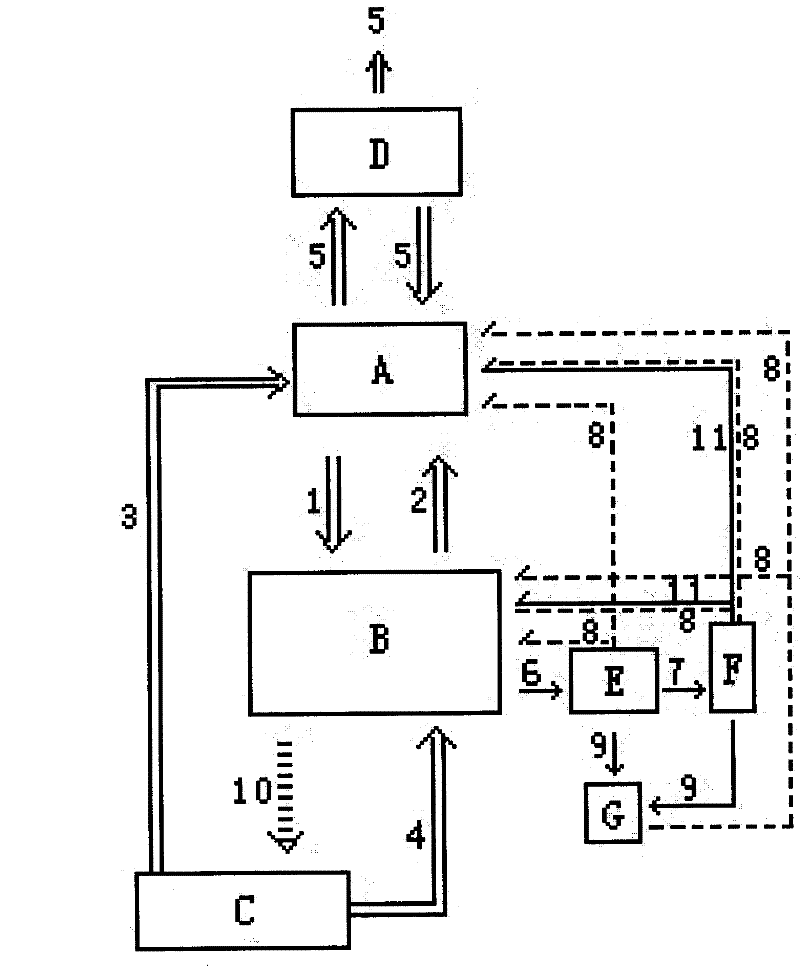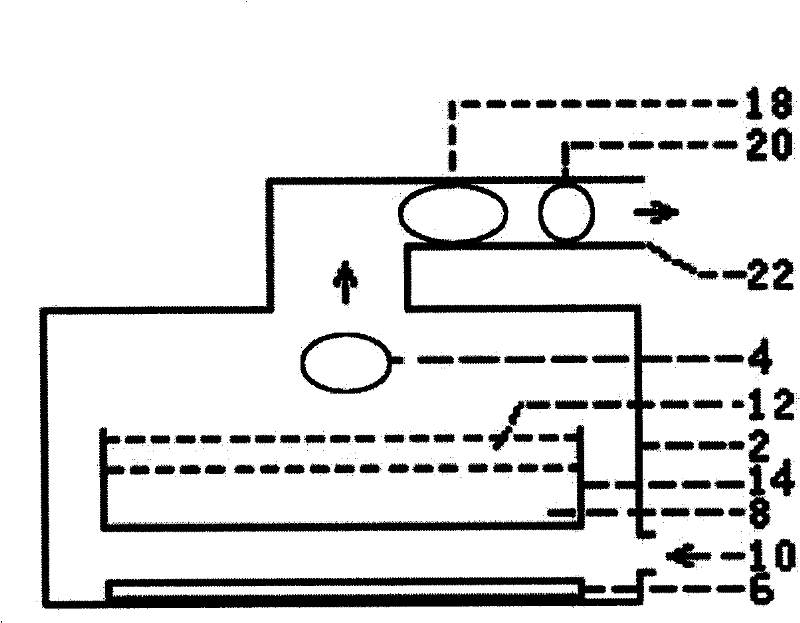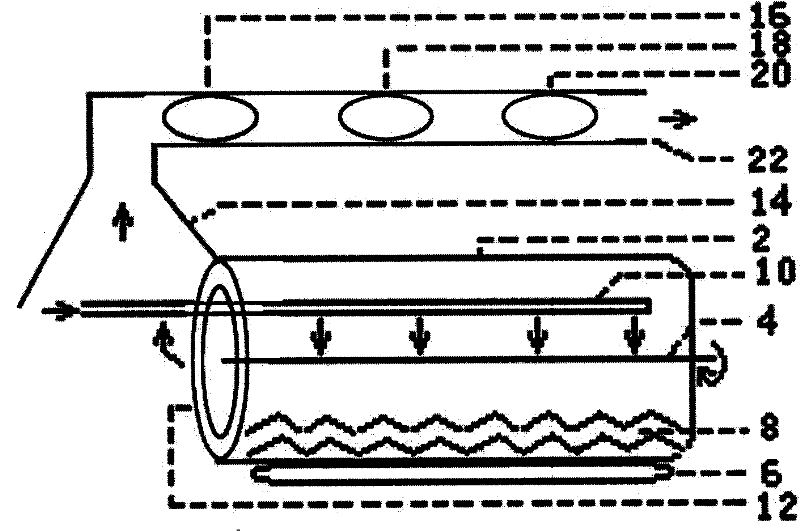Systematization method for ecological carbon emission reduction
An ecological and carbon emission reduction technology, applied in the field of ecological carbon emission reduction, can solve the problems of high functional use value, loss outweighing the gain, and high cost
- Summary
- Abstract
- Description
- Claims
- Application Information
AI Technical Summary
Problems solved by technology
Method used
Image
Examples
example 1
[0114] Example 1. Preparation of plant-derived SFCs under thermochemical conditions and SFC-VIII under dehydration and drying conditions, and high-pressure compression treatment of plant-derived SFCs
[0115] The prepared vegetative organic matter is selected from plant leaves, stems, stems, shells, bark, roots, flowers, seeds, beans, grasses, pith, wood, bark, shrubs, bamboo, sugar cane, sweet sorghum, sugar beet, rice, Flour, wheat, corn, rye, barley, oats, millet, hemp, flax, ramie, peanuts, oil palm, tobacco, tea, cotton, cloth, paper, carton, pulp, municipal organic waste, garden waste, mushroom culture medium , seaweed, sponge, algae, fungus, peat, one or more of the above substances polluted by chemicals, and the above substances after fermentation.
[0116] The prepared animal organic substances are selected from one or more of protozoa, coelenterates, annelids, molluscs, arthropods, fish, amphibians, reptiles, birds, mammals, selected from the One or more of the comp...
example 2
[0143] Example 2. Storage of plant-derived SFCs under natural conditions indoors
[0144] 50 tons of wood-sourced SFCs, grass-sourced SFCs, leaf-sourced SFCs and straw-sourced SFCs have been bagged and stored indoors under natural conditions without ventilation for 6 years. No signs of disintegration or other degradation, no mildew, no signs of vermin, no signs of fermentation heat, no release of toxic gases or odors. Some of the SFCs stacked near the window and exposed to sunlight are normal. People who work in its environment for a long time have no physical discomfort.
[0145] Plant-derived SFCs were packaged and sealed in hydraulic plastic film, the volume was reduced by about 50%, and they were stored indoors in the dark for 1 year without any abnormality.
[0146] The plant-sourced SFCs were vacuum-packed and sealed after hydraulic pressure, and the volume was reduced by about 40%. They were stored indoors in the dark for 1 year without any abnormality.
example 3
[0147] Example 3. Plant-sourced SFCs were stored in open-air mesh bags without shelter
[0148] Muyuan SFCs, put into net bags and stored in the open air without shelter, exposed to the sun and rain, has been 4 years. The net bag is completely disintegrated, the volume of SFCs stacked does not shrink, and the original shape is maintained, damp and moldy with a slight odor. The piled volume of the untreated natural wood chips in the control group shrunk by about 50-60%, obviously rotten and smelly.
PUM
 Login to View More
Login to View More Abstract
Description
Claims
Application Information
 Login to View More
Login to View More - R&D
- Intellectual Property
- Life Sciences
- Materials
- Tech Scout
- Unparalleled Data Quality
- Higher Quality Content
- 60% Fewer Hallucinations
Browse by: Latest US Patents, China's latest patents, Technical Efficacy Thesaurus, Application Domain, Technology Topic, Popular Technical Reports.
© 2025 PatSnap. All rights reserved.Legal|Privacy policy|Modern Slavery Act Transparency Statement|Sitemap|About US| Contact US: help@patsnap.com



